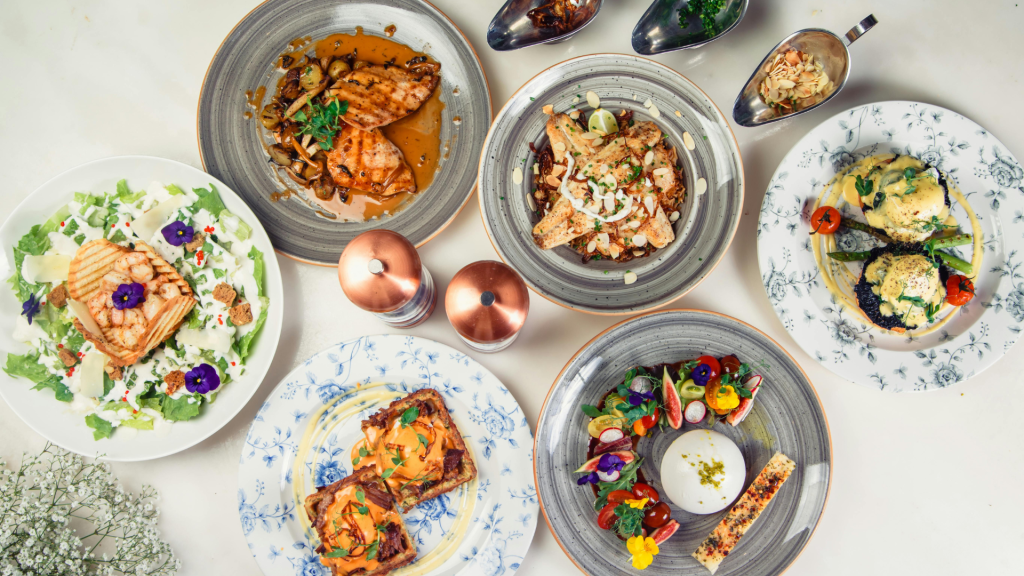Travel is not just about the sights; it’s also about the tastes that linger long after the trip. Around the globe, countless flavors await those who seek culinary adventures, offering a passport to different cultures through exotic foods. Exploring must-try exotic dishes can transform any meal into a memorable experience.
From the vibrant street markets of Southeast Asia to the rich kitchens of North Africa, each region presents distinctive dishes that reflect its heritage and lifestyle. These dishes often include unusual ingredients and cooking methods that challenge the palate while delighting the senses. Embracing these unique culinary experiences can broaden one’s culinary horizons and inspire home cooking.
For food enthusiasts and curious eaters alike, the joy of tasting unfamiliar dishes can reveal stories of tradition and innovation. This post will introduce readers to a selection of exceptional and exotic dishes from various corners of the world that are worth trying. Each dish represents a unique culinary adventure waiting to be explored.
Must-Try Dishes from Asia
Asia is home to a diverse array of culinary delights. Each dish offers a unique taste experience that reflects the region’s culture and history. Three iconic dishes are highlighted for their distinct flavors and preparation methods.
Sushi in Japan
Sushi is a highly regarded Japanese dish featuring vinegared rice and various ingredients, including raw fish, vegetables, and seaweed. The freshness of the fish is paramount, often sourced from local markets each morning.
Common types include nigiri (rice topped with fish) and makizushi (rolled sushi). Sushi is traditionally accompanied by soy sauce, wasabi, and pickled ginger, enhancing its flavor. Eating sushi is ritualistic, often enjoyed at sushi bars where chefs prepare it in front of diners. The balance of flavors and presentation makes sushi a must-try for anyone exploring Japanese cuisine.
Peking Duck in China
Peking Duck is a celebrated dish known for its crispy skin and tender meat. This traditional Chinese dish originates from Beijing and is often considered a symbol of Chinese culinary art. The duck is seasoned, air-dried, and roasted to achieve a perfectly crispy skin. Served with thin pancakes, hoisin sauce, and sliced vegetables, it provides a delightful combination of flavors.
The carving ceremony is a significant part of the dining experience, elevating it from a meal to an event. Each bite reflects centuries of culinary tradition, making it an essential choice for travelers in China.
Pad Thai in Thailand
Pad Thai is a popular Thai stir-fried noodle dish made with rice noodles, eggs, tofu, or shrimp, and a flavorful sauce. Often garnished with peanuts, lime, and bean sprouts, it strikes a perfect balance between sweet, sour, and salty.
This dish is widely enjoyed across Thailand and represents the essence of Thai cuisine. Street vendors and restaurants alike serve it, showcasing regional variations. Pad Thai’s preparation involves skillful wok techniques, ensuring that the noodles have the right texture and flavor. It is a key dish to experience for anyone interested in authentic Thai food.
Unique Delicacies from Other Continents
Exploration of unique delicacies reveals fascinating culinary traditions that showcase local resources and cultural heritage. Two notable examples include Sheep’s Head from Northern Europe and Fermented Fish from Scandinavia, both of which provide insight into the local palette.
Sheep’s Head in Northern Europe
Sheep’s Head, known as “Svið,” is a traditional dish prevalent in countries like Iceland and parts of Norway. The preparation involves singeing off the wool, boiling, and then serving the head, often split in half. Diners typically eat the meat, which can be tender and flavorful, alongside the eyes and cheeks, considered delicacies.
This dish highlights a resourceful approach to cooking, reflecting the region’s agricultural practices. While it may appear unconventional, Sheep’s Head connects consumers with local customs and encourages a taste for the bizarre. Serving this dish around festive occasions promotes sharing cultural traditions among family and friends.
Fermented Fish in Scandinavia
Fermented Fish, particularly notable in Sweden with dishes like Surströmming, is a unique method of preservation used by Scandinavian communities. This practice involves fermenting herring, resulting in a strong-smelling delicacy that some describe as an acquired taste.
The preparation process can take several months, leading to a product that is rich in umami flavor. Traditionally eaten with flatbreads and garnishes like onions and potatoes, Fermented Fish is often served in social settings, enhancing communal dining experiences. Its pungent aroma is daunting to some but draws adventurous eaters who want to experience traditional Scandinavian flavors.

